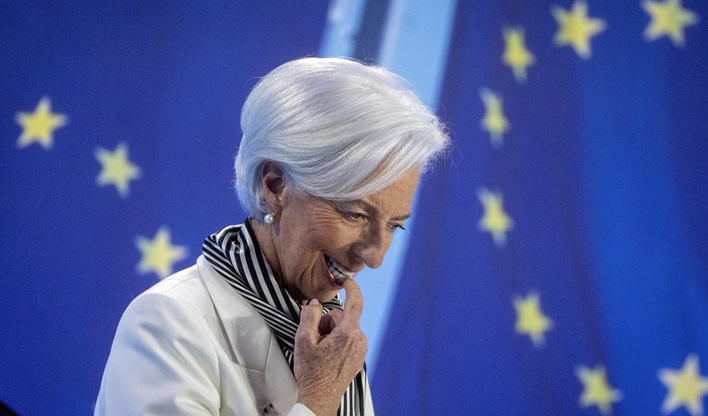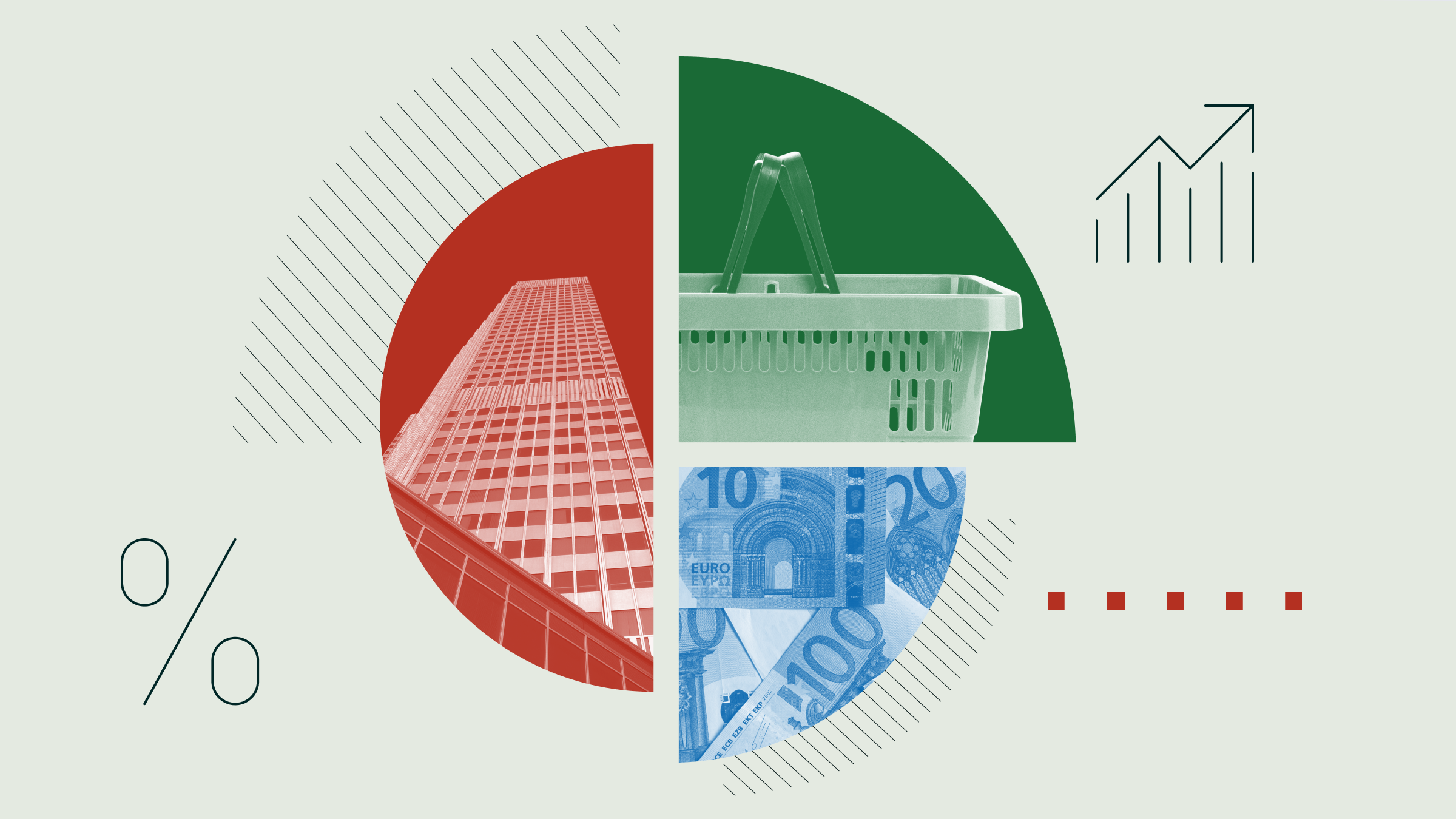
An interest rate cut by the European Central Bank (ECB) is widely expected by the markets on June 6. But what could happen if the Frankfurt-based central bank decides not to cut?
Although ECB President Christine Lagarde has been preparing the ground for a reduction in benchmark interest rates in June, enthusiasm about the future path of rates has cooled a lot recently.
“The 25 basis point cut on June 6 seems a done deal,” reads a 28 May note from the UBS economics team led by Reinhard Cluse. “The signals from the ECB meeting on 11 April and subsequent public statements by ECB officials have been clear: the ECB is on track to cut rates by 25bp to 3.75% at its next meeting on 6 June.”
UBS economists believe that not even the disappointing inflation data for May (due out on May 31) will change the ECB’s mind. However, they are convinced that traders will listen carefully to Lagarde's press conference and the ECB staff's new macroeconomic forecasts, looking for signals on the pace of rate cuts after June and, in particular, a possible second cut at the July 18 meeting. On the latter, UBS is “sceptical”.
On the rate cut on June 6 came further confirmation recently from ECB executive member Philip Lane, who, speaking to the Financial Times on May 27, said: “Barring any major surprises, what we see at the moment is enough to remove the maximum level of tightening.”
If the ECB Holds, What Do Markets Do?
But if there is some big surprise what could happen to markets?
“If, instead of an expected rate cut, the central bank surprises the markets by leaving them unchanged, this could cause a fall in stock and bond prices,” explains Nicolò Bragazza, associate portfolio manager at Morningstar Investment Management (MIM).
This hypothesis, although currently remote, reminds us of what can happen in bond markets when forecasts don't materialise. It is also an important lesson for the future, given that the ECB has not committed to a certain path of rate cuts after June.
"Monetary policy that is tighter than expected usually has a negative impact on bond prices," says Bragazza. "Government bonds with longer duration (duration) are the most affected as they are more sensitive to tighter monetary policy expectations."
Which Stock Sectors Would be Most Affected?
Equity markets would not be exempt from the repercussions of negative surprises in the ECB's rate cut path. According to Bragazza, the hardest hit sectors could be utilities, real estate and consumer discretionary goods, i.e. non-essential necessities.
The utilities sector is very sensitive to monetary policies mainly due to its high level of debt and high dividend yields. In real estate, a fall in rates is expected by those who took out a variable-rate mortgage and saw their instalment rise rapidly during the upturn. Finally, the consumer goods sector was heavily penalised by rising benchmark rates and high inflation. Expectations of a downturn have generated expectations that the worst is behind us, while the ECB's failure to ease could weigh negatively.
Will the ECB Cut Before the Fed?
Also weighing on the ECB's move in June is the theme of a possible divergence from the Federal Reserve. In the US, the expected rate cut seems to be receding. The Global Credit team of Algebris Investments states in a May 27 note that ‘markets have completely written off the July cut and now see only an 80% chance of a rate cut by November’.
The ECB institution has repeatedly said in recent months that it is independent of the US central bank, but economists are debating how far monetary policies on both sides of the ocean can really diverge.
For Ombretta Signori, head of macroeconomic research and strategy at Ofi Invest AM, markets should not expect the ECB to wait for the Fed.
“We think these concerns about Christine Lagarde's over-reliance on Washington are exaggerated,” Signori said in a May 22 note.
"Firstly, it is very unlikely that the euro depreciation that would follow would have such an impact as to trigger a eurozone rebound, especially with the economic literature suggesting that the transmission of the effects of rate changes on inflation has been significantly muted since the advent of the single currency.
"Moreover, there have already been instances of monetary policy desynchronisation, such as in the period 2015-2018, when the Fed gradually raised them while the ECB entered negative rate territory by initiating a quantitative easing programme."
In many cases, however, the ECB's up and down cycles of cuts came a bit later than the Fed's, such as in the early 2000s and from 2006 to 2009. “In our view, this time is different,” says Jumana Saleheen, chief economist at Vanguard Europe, in a note on May 8. “Domestic conditions in the euro area are sufficiently different to justify a divergence in monetary policy.”
“However, the Fed's importance in global markets means that risks are tilted towards a slower pace of easing than domestic circumstances might otherwise justify, particularly if downward pressure on the euro were to intensify,” Saleheen points out. A sharp divergence could greatly weaken the single currency against the dollar, with potential upside risk to inflation forcing the ECB to be more cautious.
What Should Investors Do?
Bragazza reminds investors not to focus on predicting what might happen, but rather to prepare for different scenarios. “If the most expected scenario is a rate cut, this does not mean that other asset classes do not play an important role in balancing the portfolio in preparation for different eventualities,” he says.
“In an environment of tighter rate expectations, it makes sense to maintain exposure to shorter duration bonds and high-quality debt securities that can cushion the consequences of a failure to cut rates. At the same time, stocks of companies with high dividends and quality balance sheets can further offer a source of protection within diversified portfolios.”


























